Oral disease prevention consists of two pillars: individual home care and professional prophylaxis. For good long-term oral health, both components need to be respected. The evidence-based Guided Biofilm Therapy (GBT) protocol by EMS has adapted Axelsson and Lindhe’s systematic prophylaxis approach to today’s scientific advances and technological progress.1 As the most common oral diseases are associated with the presence of dysbiotic biofilms,2 the continued removal of these biofilms through appropriate home care and professional measures is essential to maintain oral health. For long-term oral health, patients need a customised care package covering professional biofilm and calculus management, as well as individual education and instruction in oral hygiene.
Risk factors and oral hygiene
Regular mechanical removal of biofilm usually helps keep the biofilm in balance—in a symbiotic state. In addition to avoiding risk factors such as poor diet, smoking and stress, good oral hygiene makes a decisive contribution to preventing a transition to dysbiosis. The guidelines on gingivitis prevention (currently undergoing revision) recommend manual or electric toothbrushes supplemented by aids for mechanical interdental cleaning and rinsing solutions.3, 4These are tailored to the patient’s individual risk, personal needs and manual dexterity.
Toothbrushes are unable to reach interdental spaces. Such areas thus offer ideal local conditions for biofilm to become established and mature. Interproximal biofilm remains after brushing, particularly in the premolar and molar regions.5To prevent this, interdental brushes are highly recommended, alongside dental floss for crowded teeth. Professional instruction on how to use both correctly is essential.
Is there such a thing as perfect oral hygiene?
Like other important aspects of life, the key to good oral hygiene is regular training. Disclosing tablets can be part of a plan for effective personal biofilm control. Regular use helps patients learn to identify areas where better cleaning is needed and how best to go about this cleaning. The clinical protocol of GBT includes biofilm disclosure and patient motivation (Steps 2 and 3) as key to changing behaviour on a lasting basis.
Serving also as clinical quality control, this disclosure step is an essential part of professional biofilm management. Only biofilm that is visible—disclosed—is removed in Step 4 of GBT with AIR-FLOWING, employing the AIRFLOW Prophylaxis Master with the AIRFLOW MAX handpiece—which boasts the patented Laminar Flow Technology—and AIRFLOW PLUS powder. Any remaining calculus is removed with the original PIEZON NO PAIN PS or PI MAX instrument (Step 6).6
Conclusion
The cornerstones of continued prevention of oral disease are good oral hygiene and the professional management of biofilm and calculus. Both are supported by the best possible control of risk factors as part of systematic professional prophylaxis through GBT.7 Individual advice, instruction and encouragement from the practice team help patients become experts in their own daily oral hygiene and thus achieve optimal oral health in the long term.
Editorial note:
A list of references is available from the publisher.
Topics:
Tags:
NYON, Switzerland: Those who prioritise their overall health also understand the importance of oral health and consistently seek professional prophylaxis. ...
Some 2,500 years ago, Hippocrates already knew that prevention is more important than curative therapy. In the modern-day context, Benz stated that ...
NYON, Switzerland: Guided Biofilm Therapy (GBT), developed by EMS together with clinicians and academics, is a systematic, evidence-based modular protocol ...
Right in the heart of the southern German town of Friedrichshafen, dentist Dr Florian Fries runs a modern practice for oral health, seeking to treat ...
NYON, Switzerland: The basis of good oral and general health is a clean mouth. Well-informed patients know this and visit the dentist for professional ...
Prof. Magda Mensi, Dr. Hugo Madeira, Faye Donald DH, Dr. Neha Dixit, Dr. Pamela Maragliano-Muniz DMD, Dr. Celso Da Costa , Dr. Victoria Sampson BDS MFDS RCS Ed, Dr. Steffen Rieger M.Sc., Prof. Sigrun Eick
Prof. Dr. Ian Meyers BDSc, FRACDS, FICD, FPFA, FADI
Dr. Derek Mahony BDs, MScOrth



 Austria / Österreich
Austria / Österreich
 Bosnia and Herzegovina / Босна и Херцеговина
Bosnia and Herzegovina / Босна и Херцеговина
 Bulgaria / България
Bulgaria / България
 Croatia / Hrvatska
Croatia / Hrvatska
 Czech Republic & Slovakia / Česká republika & Slovensko
Czech Republic & Slovakia / Česká republika & Slovensko
 France / France
France / France
 Germany / Deutschland
Germany / Deutschland
 Greece / ΕΛΛΑΔΑ
Greece / ΕΛΛΑΔΑ
 Hungary / Hungary
Hungary / Hungary
 Italy / Italia
Italy / Italia
 Netherlands / Nederland
Netherlands / Nederland
 Nordic / Nordic
Nordic / Nordic
 Poland / Polska
Poland / Polska
 Portugal / Portugal
Portugal / Portugal
 Romania & Moldova / România & Moldova
Romania & Moldova / România & Moldova
 Slovenia / Slovenija
Slovenia / Slovenija
 Serbia & Montenegro / Србија и Црна Гора
Serbia & Montenegro / Србија и Црна Гора
 Spain / España
Spain / España
 Switzerland / Schweiz
Switzerland / Schweiz
 Turkey / Türkiye
Turkey / Türkiye
 UK & Ireland / UK & Ireland
UK & Ireland / UK & Ireland
 Brazil / Brasil
Brazil / Brasil
 Canada / Canada
Canada / Canada
 Latin America / Latinoamérica
Latin America / Latinoamérica
 USA / USA
USA / USA
 China / 中国
China / 中国
 India / भारत गणराज्य
India / भारत गणराज्य
 Pakistan / Pākistān
Pakistan / Pākistān
 Vietnam / Việt Nam
Vietnam / Việt Nam
 ASEAN / ASEAN
ASEAN / ASEAN
 Israel / מְדִינַת יִשְׂרָאֵל
Israel / מְדִינַת יִשְׂרָאֵל
 Algeria, Morocco & Tunisia / الجزائر والمغرب وتونس
Algeria, Morocco & Tunisia / الجزائر والمغرب وتونس
 Middle East / Middle East
Middle East / Middle East
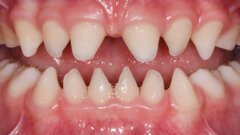
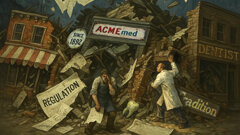























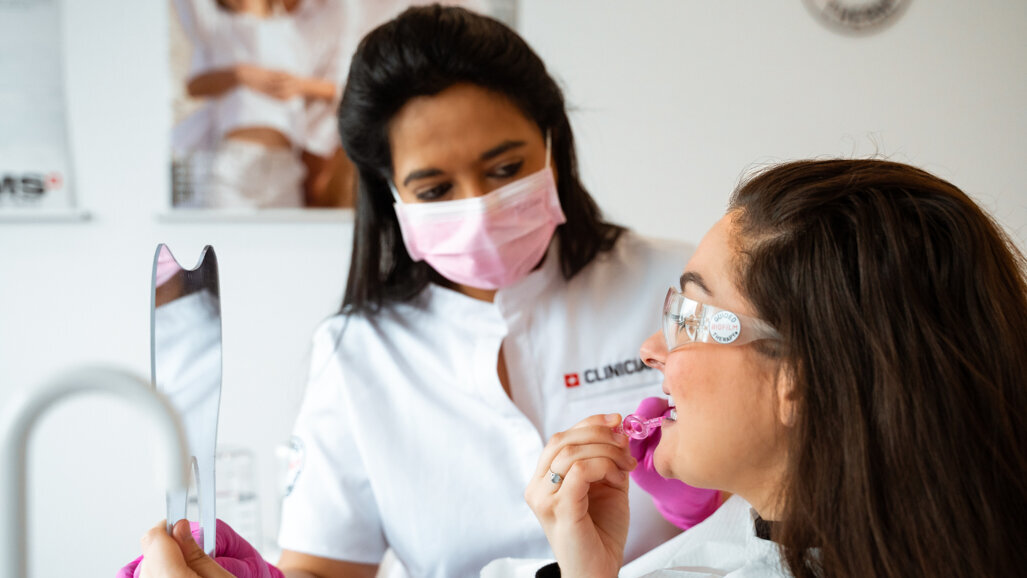

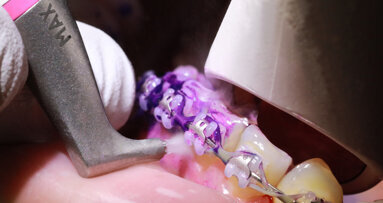
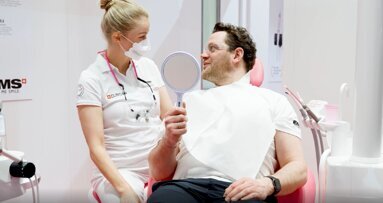


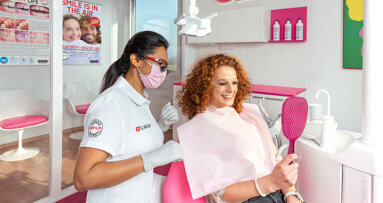















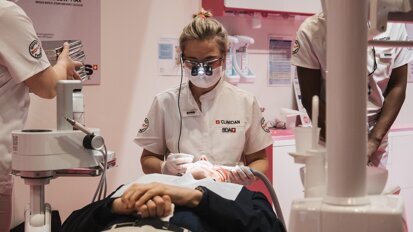
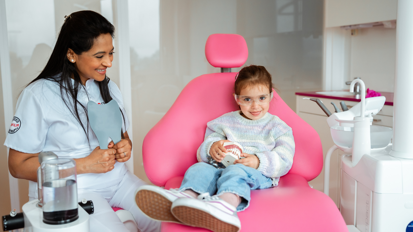
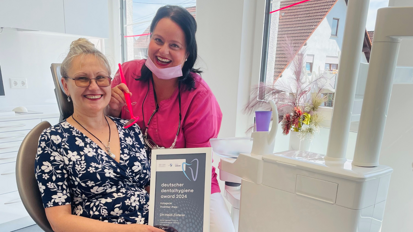
To post a reply please login or register